The Vietnam War is an ugly scar left on the fabric of history and one still deeply felt in the country it ravaged. Perhaps, it would not have been as ugly had the end not been stalled, had diplomatic mistakes not been made, and had self-interest not got in the way of decision-making.
There is no other way to paint it: the Vietnam War was brutal for all sides, although the Vietnamese people, from the North and South, took the brunt of the damage, with their casualties, both military and civilian, far exceeding that of American troops.
George W. Hopkins called the Vietnam War “the most divisive conflict in American history” with the exception of the Civil War (Hopkins 2000). It lasted through 5 presidencies, spanning 3 decades, with 9 years being considered the official time wherein the US was actively partaking in the fight, even though American involvement lasted for way longer than that, with military aid having first been sent in the 1950s, while the Vietnamese fought the French occupation, and continued until 1975.
In the documentary series The Vietnam War (2017), the narrator explains:
“It was begun in good faith by decent people out of fateful misunderstandings, American over-confidence, and Cold War miscalculation. And it was prolonged because it seemed easier to muddle through than to admit that it had been caused by tragic decisions, made by five American presidents, belonging to both political parties.”
The end of the war is considered to have been marked by the fall of Saigon – quickly thereafter renamed Ho Chi Minh City. However, the overall context is much more complicated than this. The war’s end came slowly, being promised to the American people quite often before actually taking place.
How did it all come to a close?
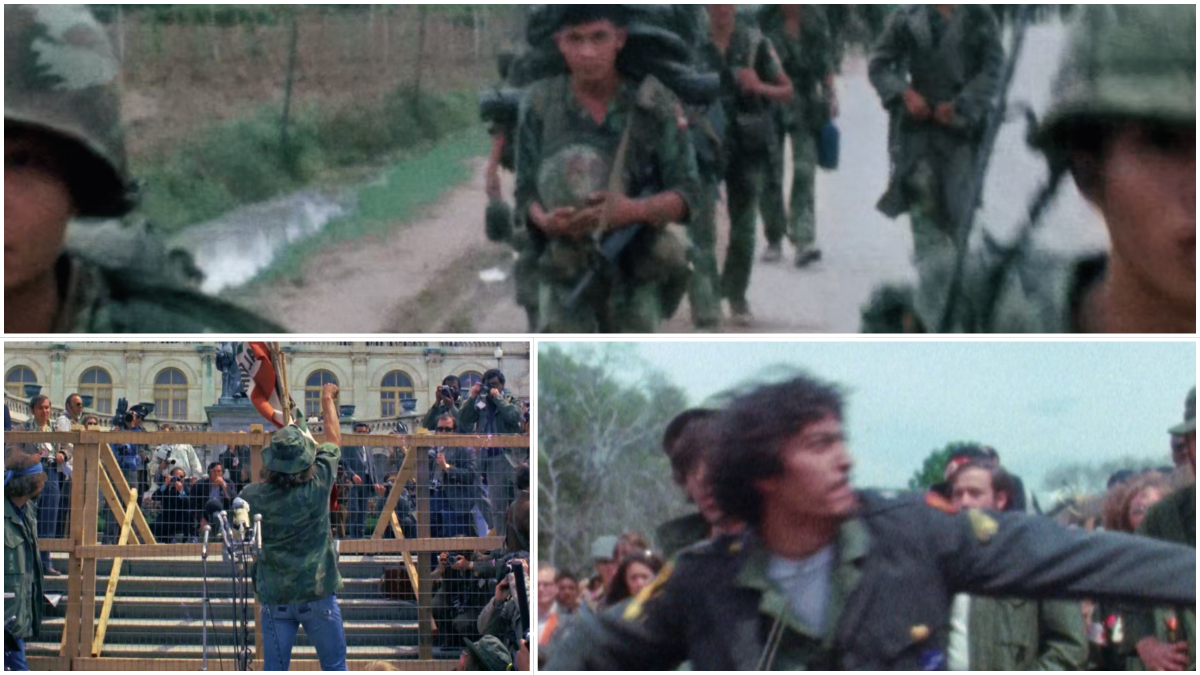
In the early 1970s, American troops finally withdrew from Vietnam. This was partly the result of the contention and frustration felt among US citizens which materialized in the form of large-scale protests. One such memorable protest was, when decorated Vietnam veterans decided to get rid of their medals in the most impactful fashion. In the aforementioned documentary series, one veteran recalled:
“We’d originally intended to put our medals in a body bag and have them delivered to Congress, but the Nixon administration erected this big wire and wood fence on the steps of our Capitol to keep us out —keep out the young men and women who were fighting that war. And all that did was piss us off and give us the greatest photo opportunity that we could ever have had.”
By this point, the war had escalated and become too costly for soldiers and taxpayers with victory being no nearer. Eventually, this anti-war movement, which was pressuring the government more and more, started yielding results. But they did not come as quickly as they perhaps should have due to Richard Nixon and Henry Kissinger’s 1969 “Vietnamization” plan, which aimed to gradually withdraw US troops and prepare and equip the South Vietnamese army to hold its ground against the North.
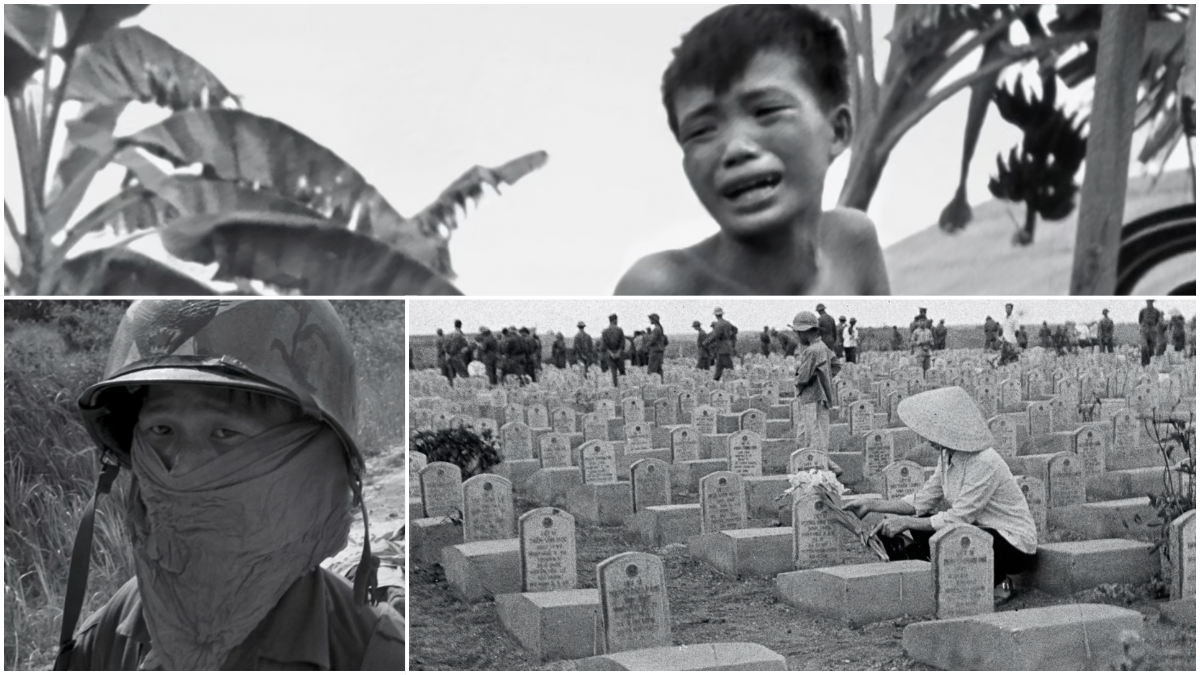
The plan failed to ensure that South Vietnam could stand on its own and, as the US left them, the South’s Army of the Republic of Vietnam had no chance of fighting back the North’s advancing forces. By the end of 1971, only 140.000 US troops remained, and, after the Paris Peace Accords in early 1973, the last American prisoners of war were released from their captivity in Hanoi – the one condition the US was adamant to fulfil in order to agree to a full withdrawal.
However, the ceasefire agreed upon during the Paris peace talks, was often disrespected. During this time, America misled South Vietnam to believe it would not completely abandon them to their fate, which it ultimately did. The president of South Vietnam, Nguyễn Văn Thiệu, had wrongly believed the US would not completely abandon them after all they had invested into the war. The truth was, even the majority of the South Vietnamese who had aided US soldiers during the war were never safely relocated to the US.
In 1975, the conflict between the North and the South raged on, with the latter clearly losing at a spectacular rate. The North was rapidly marching down on the South and claiming city after city. By the end of April 1975 North Vietnam’s forces marched into Saigon, effectively ending the South Vietnamese regime and the war. With an end now imminent and fearing for their safety, thousands of South Vietnamese people attempted to flee the city as chaos erupted.
The country did not get absolute peace with the conclusion of the war. It had been decimated over many decades of harrowing warfare, with many civilians struggling to find work and make ends meet. It is unquestionable how this years-long destructive war engraved enduring collective trauma into the land and its people.

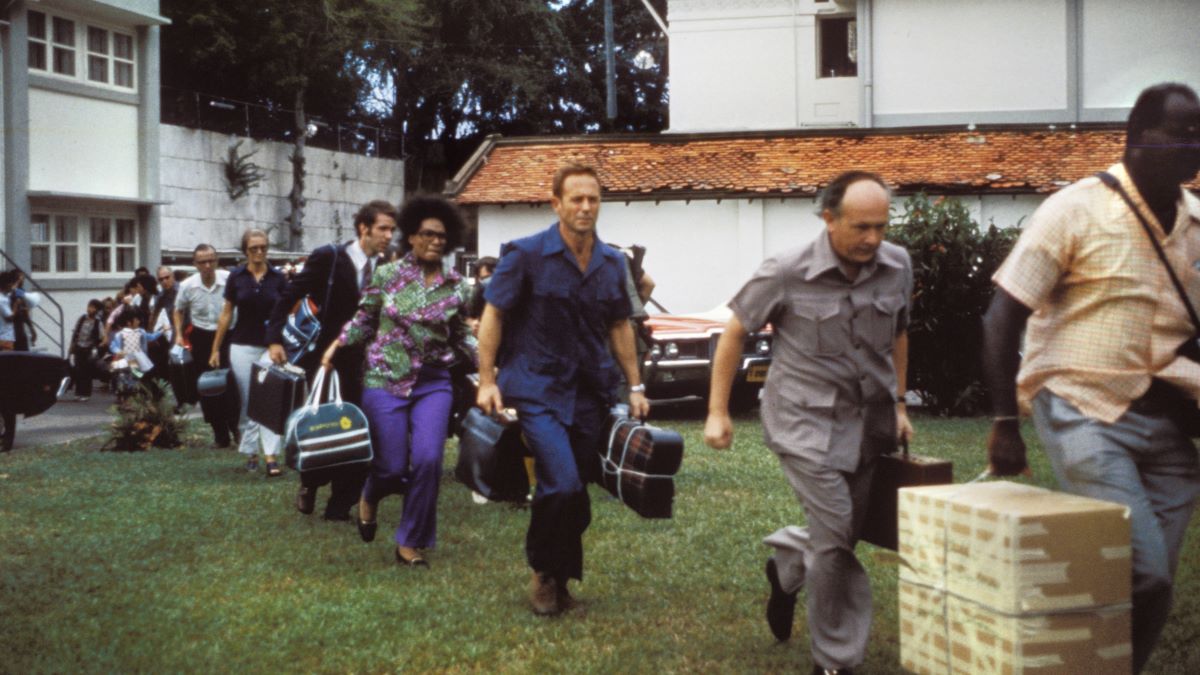

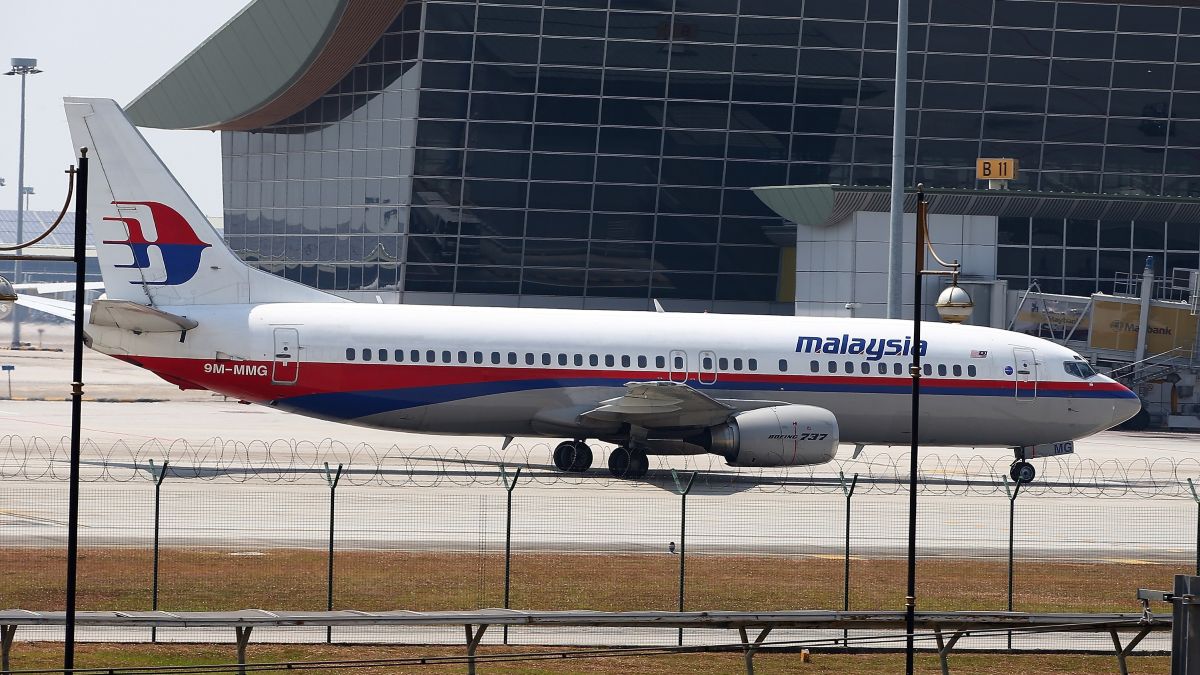
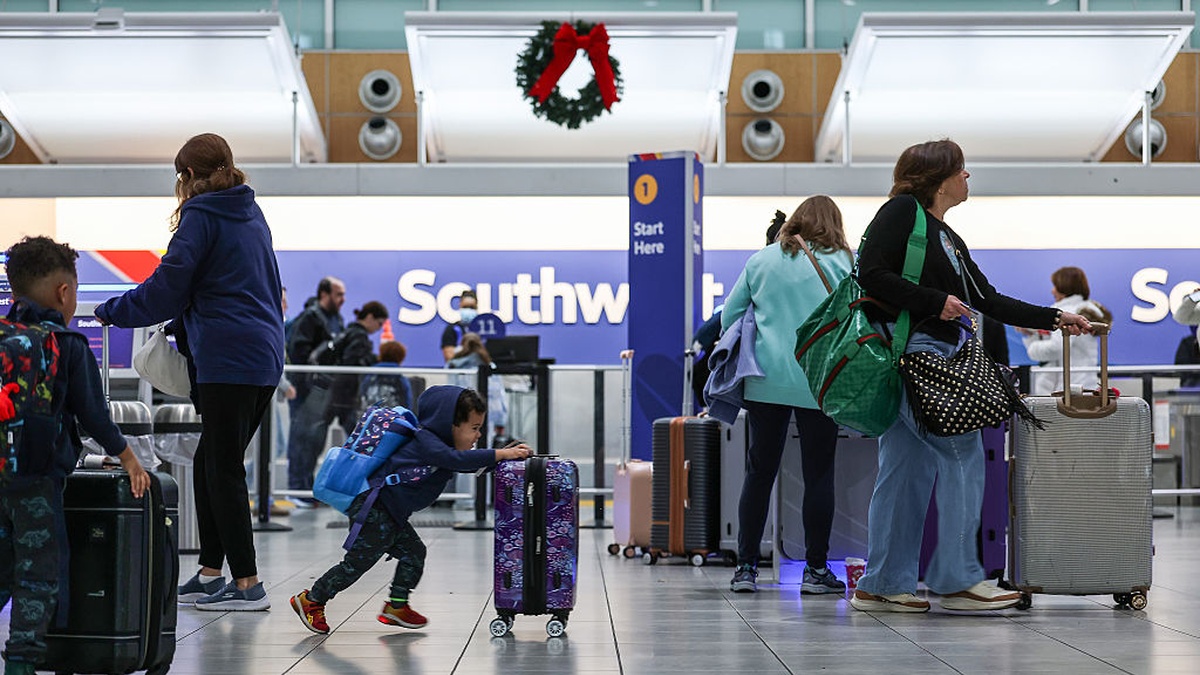






Published: May 10, 2024 05:50 am